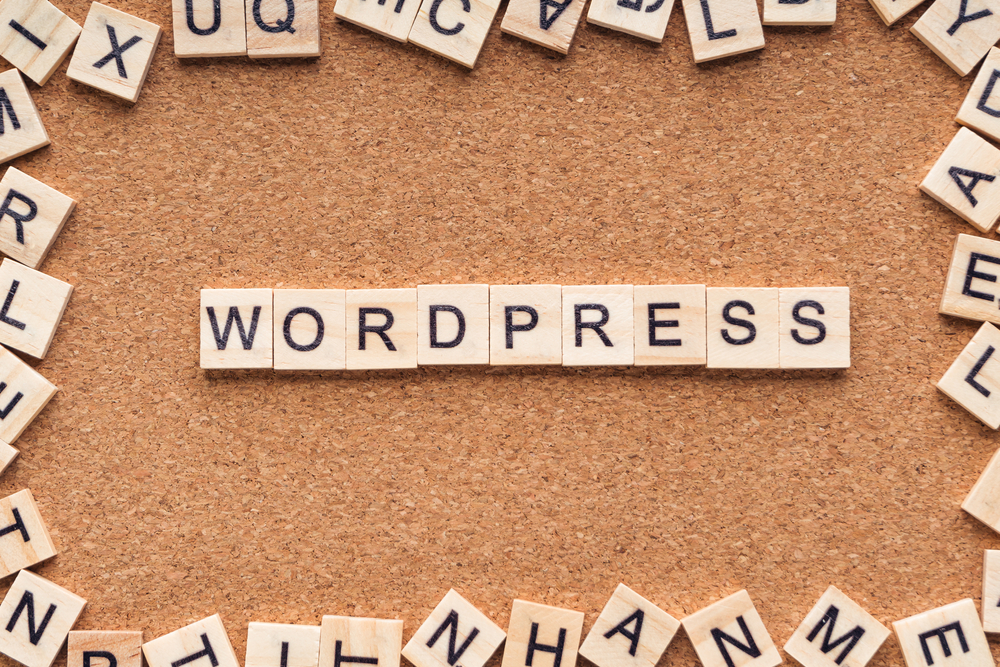
Mastering WordPress Website Customization & Maintenance: Essential Tips and Tricks

WordPress has become the go-to platform for website development, thanks to its user-friendly interface and powerful features. Whether you're a business owner, a blogger, or a web developer, mastering WordPress website customization and maintenance is essential for achieving a polished and professional online presence. In this article, we'll explore some essential tips and tricks to help you take your WordPress (WP) website to the next level.
1. Choose the Right Theme
One of the first steps in customizing your WordPress website is selecting the right theme. WordPress offers a wide range of free and premium themes to suit various industries and styles. Look for a theme that aligns with your brand image, has a responsive design for mobile optimization, and offers flexibility in customization options.
When selecting a theme, pay attention to factors like load speed, compatibility with popular plugins, and the reputation of the theme developer. A well-coded and frequently updated theme will ensure a smooth experience for both you and your website visitors.
2. Customize the Header and Footer
The header and footer sections of your website provide valuable real estate for branding and navigation. Customizing these sections can make a significant impact on the overall visual appeal and user experience of your WordPress (or WP) website.
WordPress (the blogging platform) offers several methods for customizing the header and footer. You can use theme options or a dedicated customization plugin to modify the design, colors, fonts, and layout. Additionally, you may want to consider adding essential elements like a logo, social media icons, contact information, and copyright notices to reinforce your brand and improve usability.
3. Utilize Plugins for Enhanced Functionality
Plugins are a fundamental aspect of WordPress customization and maintenance. WordPress (the platform for bloggers) offers a vast library of plugins to extend the functionalities of your website. From SEO optimization and contact forms to e-commerce and security, plugins allow you to enhance your website's capabilities without any coding knowledge.
However, it's important to exercise caution when selecting plugins, as poorly coded or outdated ones can slow down your website or create conflicts. Stick to popular, well-reviewed plugins with regular updates and active support communities.
4. Optimize Your Website for Speed
Fast loading speeds are crucial for user experience and search engine optimization. Visitors tend to abandon slow-loading websites, resulting in decreased traffic and conversions. Fortunately, WordPress provides various optimization techniques to improve your website's loading times.
Begin by choosing a lightweight theme and minimizing the use of heavy images and videos. Additionally, enable caching through plugins and leverage content delivery networks (CDNs) to distribute your website's assets across multiple servers globally.
Regularly optimize your database, remove unnecessary plugins and themes, and compress your images to reduce file sizes. Prioritizing speed optimization will ensure a smooth and enjoyable experience for your visitors.
5. Backup Regularly
Website backups are an essential part of website maintenance. WordPress websites can be vulnerable to security threats, server crashes, or accidental content deletion. Regular backups act as a safety net, protecting your hard work and allowing for easy restoration in case of any mishaps.
Several backup plugins are available for WordPress, allowing you to schedule automatic backups and store them on external platforms or cloud services. Always make sure to store backups in multiple locations to ensure redundancy and data safety.
Frequently Asked Questions
1. How can I update my WordPress website?
Updating your WordPress website is a straightforward process. Simply navigate to the Updates tab in your WordPress dashboard and click on the "Update Now" button to install the latest version of WordPress. Additionally, regularly update your themes and plugins to benefit from bug fixes, security patches, and new features.
2. Can I customize my WordPress website without coding knowledge?
Absolutely! WordPress provides a user-friendly interface with tremendous customization options. You can customize your website's appearance, layout, and functionality using plugins, theme options, and page builders. These tools allow you to achieve professional results without any coding expertise.
3. How often should I back up my WordPress website?
It is recommended to back up your WordPress website at least once a week. However, if you frequently publish new content or update your website, consider increasing the frequency to daily or every few days. This ensures that you always have a recent backup available in case of any unexpected events.
4. Are there any security measures I should take for my WordPress website?
Yes, website security is essential to protect your WordPress website from potential threats. Install a reliable security plugin and strengthen your login credentials with unique and complex passwords. Regularly update your themes, plugins, and core WordPress files to patch any security vulnerabilities. Lastly, consider enabling a website firewall and implementing SSL encryption for secure data transmission.
5. How can I improve my WordPress website's search engine optimization (SEO)?
To improve your WordPress website's SEO, focus on creating high-quality, keyword-rich content. Optimize your website's meta tags, headings, and image alt tags. Install an SEO plugin to streamline optimization tasks and generate XML sitemaps to help search engines crawl your website effectively. Additionally, build high-quality backlinks and ensure your website is mobile-friendly for better search engine rankings.
Mastering WordPress website customization and maintenance empowers you to leverage the platform's capabilities fully. By following these essential tips and tricks, you'll be well on your way to creating a visually appealing, highly functional, and secure WordPress website.
Other useful resources
- https://en.wikipedia.org/wiki/Blog
- https://www.wordpress24plus.com/wordpress-tools-directory/wordpress-plugins/
- https://www.wordpress24plus.com